Food apartheid and economic inequality are among the factors leading to high rates of infections and deaths of Black and brown Americans.

Food apartheid and economic inequality are among the factors leading to high rates of infections and deaths of Black and brown Americans.
May 5, 2020
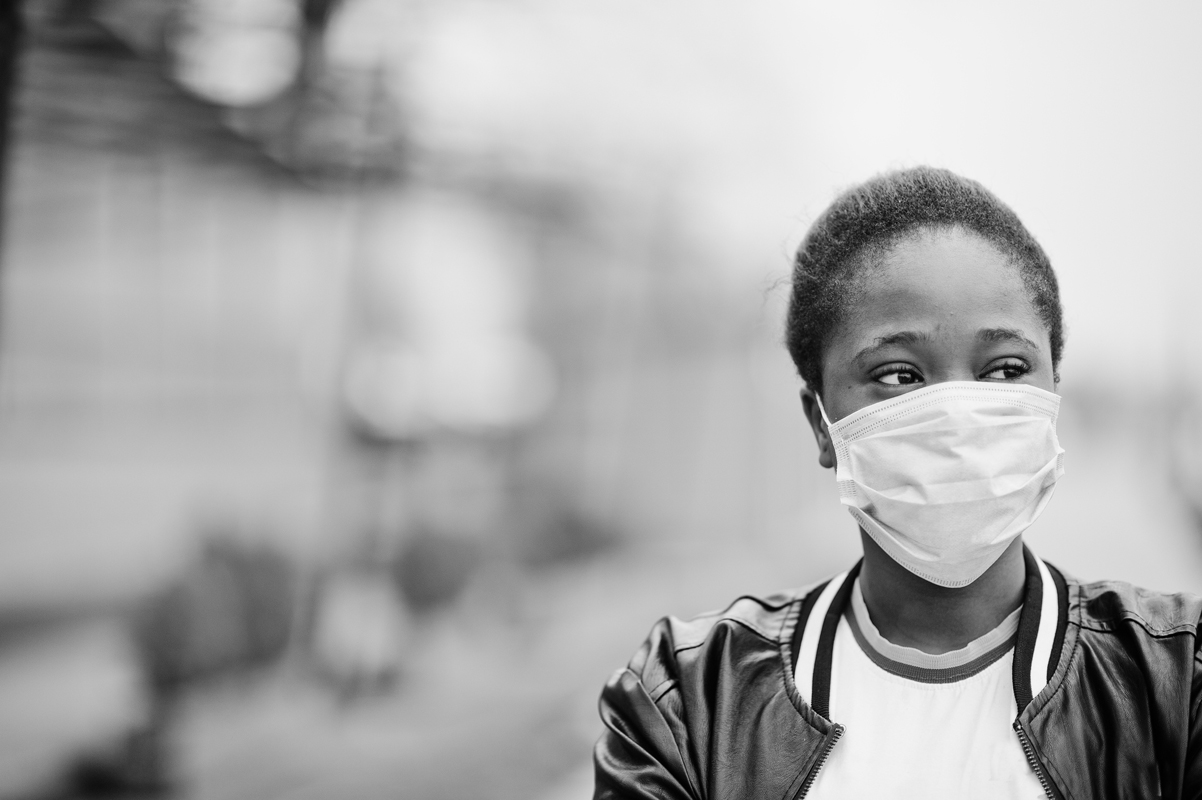
More than two weeks before Michigan Governor Gretchen Whitmer issued a March 24 stay-at-home order to stop the spread of coronavirus, Paige Jackson got sick.
“I was having a really bad migraine—to the point where it was hard to keep my eyes open,” Jackson, who lives in the Detroit suburb of Southfield, recalled.
An employee of an Amazon store and a restaurant, Jackson initially shrugged off her symptoms. But the headache, which lasted days, turned into body aches. When she developed a cough and a 101-degree fever, Jackson went to urgent care, where the staff prescribed medications to treat the flu and sent her home. Her symptoms, however, worsened, and the 26-year-old spent several days in the hospital, ultimately receiving a COVID-19 diagnosis.
Today, Jackson is “feeling 100 percent better.” But as an African American, a frontline worker, and a resident of a state hit hard by coronavirus, Jackson knows that she’s one of the lucky ones. According to a Johns Hopkins University analysis of 26 states that have provided racial data about the virus, Black people make up 34 percent of COVID deaths, despite comprising just 13.4 percent of the U.S. population.
The Centers for Disease Control and Prevention (CDC) has found that African Americans account for 33 percent of COVID hospitalizations, largely because Black people have high rates of chronic health conditions—called comorbidities—that weaken the immune system and make them more vulnerable to the virus. But much less discussed is how food, class, and race have intersected in ways that perpetuate the health disparities and social inequities unfolding today.
“Outside of being Black, obesity, diabetes, and hypertension have been identified as the comorbidities that make coronavirus more deadly amongst anyone worldwide,” said Daphene Altema-Johnson, the food communities and public health program officer at Johns Hopkins University’s Center for a Livable Future. “When you look at the United States, Blacks have higher rates of these chronic conditions and the reasons they have those comorbidities are … driven by poverty and by food insecurity.”
Communities of color have long struggled to access fresh and unprocessed food, and minority workers make up a disproportionate percentage of the food industry, often working for low wages and without medical benefits. All the while, traditional cuisines, such as soul food, have taken blame for the health problems African Americans face—a critique that overlooks how obesity and Type 2 diabetes weren’t widespread in the Black community until after makers of processed and fast foods established a foothold in minority neighborhoods in the late 20th century. Moreover, stress from racial discrimination and other sources has been tied to heart disease, hypertension, and obesity.
“There’s also the psychological aspects of being Black in America and the environments of communities of color, where you have lack of access to care and disparities that exist in the healthcare system, including unconscious racial bias as it relates to COVID-19, since Blacks are less likely to be referred for testing in the healthcare system,” Altema-Johnson said.
It all boils down to a simple fact: structural racism in the U.S, and particularly in the food system, has left people of color more susceptible to the health and economic crises of the coronavirus pandemic.
Social Determinants of Health: Food Swamps and ZIP Codes
Although the social determinants of health—the conditions in one’s workplace, neighborhood, home, or school—have a significant impact on well-being, the perception persists that African American lifestyle and cultural influences are to blame for the racial disparity in coronavirus casualties.
U.S. Surgeon General Jerome Adams faced widespread criticism in April for specifically urging the Black and Latinx communities to “avoid alcohol, tobacco, and drugs” during the coronavirus pandemic, even though these groups don’t abuse substances at higher rates than others. And speaking during CNN’s April 18 town hall about coronavirus’s disproportionate impact on people of color, retired NBA star Charles Barkley said, “There is systematic racism, but that does not give you a reason to go out and be overweight.”
These remarks discount how the nation’s food system uniquely makes people of color prone to COVID complications. Kristen Cooksey-Stowers, an assistant professor in the University of Connecticut’s Department of Allied Health Sciences, has researched the link between food access and health problems in Black neighborhoods. She co-authored a 2017 study that concluded food swamps—“areas with a high-density of establishments selling high-calorie fast food and junk food, relative to healthier food options”—better predicted obesity rates in a community than “food deserts,” a term describing “the absence of a full-service grocery store.”
“It’s more important than ever to have food that’s good for our immune system … but it’s easier to get the high-fat, high-salt, and high-sugar foods that compromise it.”
The coronavirus pandemic has revealed how imperative it is for cities and counties to limit the number of unhealthy food retailers in neighborhoods, Cooksey-Stowers told Civil Eats.
“When we get into this sort of crisis, it’s more important than ever to have food that’s good for our immune system,” she said. “But it’s easier to get to the food that actually compromises our immune system—the high-fat, high-salt, and high-sugar foods. It’s awful. Now is the time for food equity.”
Her research demonstrates that where a person lives has a direct impact on one’s well-being, with white neighborhoods offering more health and nutrition benefits than communities of color. Accordingly, the African-American obesity rate is 49.6 percent, the Hispanic obesity rate is 44.8 percent, and the white obesity rate is 42.2 percent, the CDC reports.
“Studies that look at health disparities in the Black and Hispanic community are consistently finding these patterns,” Cooksey-Stowers said. “It’s about a lot more than whether there’s a grocery store or not. It’s about the brown bag, fast-food greasy carryout place and the stores with the blue juice and 25-cent chips. It’s a manifestation of structural inequality.”
Three years before Cooksey-Stowers published her study on food swamps, Reginald Tucker-Seeley, a University of Southern California assistant professor of gerontology, coauthored a study concluding that Black neighborhoods had higher access to fast-food restaurants, a circumstance associated with obesity.
“We have been discussing these kinds of disparities for decades,” Tucker-Seeley said. But he wants these conversations to also examine the societal forces that led communities of color to house so many harmful food retailers.
“The decisions around retail in these neighborhoods are not random,” he said. “They are the result of municipal policy. The conversation is incomplete if it just places the responsibility on the individual consumer but not on the choices people have.”
His research has found that the zoning policies allowing unhealthy food retailers to accumulate in certain neighborhoods may be more motivated by race than income. Tucker-Seeley compared economically disadvantaged areas across the country and found that fast-food retailers were more common in Black neighborhoods of all incomes than in low-income non-black neighborhoods. (Cooksey-Stowers made a similar finding about food swamps.) And the legacy of redlining and racial segregation means that middle-class African Americans frequently live in neighborhoods without the resources and protections found in even poor white ones.
“We can’t underestimate the power of neighborhood segregation,” Tucker-Seeley said. “Which homes do individuals get to live in? What kind of lending is available? What is the power of racism throughout the process, and how can it potentially sort people into neighborhoods with fewer resources and more health risks?”

Changing the retail composition of a neighborhood is difficult—but not impossible, according to Tucker-Seeley. It requires residents who are aware that their community perpetuates food inequity and, from there, addressing municipal-level zoning policies, he said. Less clear is the ideal retail mix for good health.
“That’s going to require collaboration with health and housing and economic development officials,” he said. “Until zoning policies limit the amount of fast food and replace it with healthier food, it’s going to be challenging.”
Abandoned by Grocery Stores, Many Communities of Color Are Food Insecure
The pandemic has made these zoning policies and their present-day consequences clearer than ever. Take South Los Angeles, where a 2008 ordinance limited the opening of new fast-food restaurants but did not stop more convenience stores from opening or increase the number of grocery stores in the area. When California’s March 19 stay-at-home order took effect, people flocked to the few supermarkets there.
“There was already not enough food access [in South L.A.], and the stores that do exist have lines around the block,” activist Olympia Auset recalled. “People were letting us know there was no rice and beans.”
In response, Auset stepped up the work she began in 2016 as the founder of Süprmarkt, an organic grocery that aims to bring more low-cost organic food to communities like South L.A. The organization estimates that area has roughly 60 grocery stores for 1.3 million people.
To meet the demands for food in South L.A. during the pandemic, Süprmarkt has grown its operational capacity, picking up and delivering 96 boxes of food weekly rather than the typical 20. It has also donated groceries to the needy and amassed dried goods, such as quinoa, beans, rice sunflower seeds, and cranberries, that families can use for the long haul.
Süprmarkt is not alone in its efforts. YMCAs throughout the country, including in Massachusetts, Tennessee, North Carolina, and Georgia, have served tens of thousands of meals during the pandemic. And the COVID-19 Fresh Food Fund has announced plans to provide communities in need with hundreds of thousands of servings of fresh produce. Additionally, the animal rights group Mercy for Animals (MFA) recently partnered with community advocacy organization I Grow Chicago to deliver 250 meals from five local vegan restaurants and food trucks to residents of Chicago’s West Englewood community, which is predominantly low-income and African American.
“Without access to affordable, healthy foods, it is extremely difficult to maintain a strong immune system,” Erin Kwiatkowski, MFA’s corporate partnerships manager, who believes the food system “sees some communities as worthy of having nutritious food and others as not.”
The Problem With Blaming Soul Food
The mountain of research showing the correlation between environment, racial segregation, and health disparities hasn’t stopped some people from blaming Black culture for the chronic health conditions that can lead to COVID complications.
The American Conservative recently suggested that soul food, and more specifically, a “greens-cornbread-and-pork-chops culture,” bore responsibility for the high rates of obesity, diabetes, and hypertension in the African American community and, thus, the high rate of Black people dying from COVID-19. It’s not the first time soul food has been blamed for these conditions; research studies, the 2012 documentary “Soul Food Junkies,” and even the 1997 theatrical release “Soul Food” have all linked the cuisine to chronic health conditions.
This argument overlooks that soul food can be prepared without pork fat, salt, or sugar, says Adrian Miller, author of Soul Food: The Surprising Story of an American Cuisine One Plate at a Time, winner of the 2014 James Beard Foundation Book Award. Pathologizing African-American cuisine also ignores that soul food predates the nation’s obesity crisis, which grew as the number of fast-food restaurants in the U.S. doubled between 1972 and 1997. It disregards the rising popularity of vegan soul food as well.
“If you look at soul food—the dark leafy greens are a superfood,” Miller said. “Okra is a superfood. Hibiscus is a superfood. Fish—all these things are the building blocks of soul food.”
Miller added that the term “vegan soul food” isn’t an oxymoron, as the traditional soul food diet contained more vegetables than meats; enslaved people had more access to the former than the latter. “It was celebration food,” he explained of soul food. “It was the food you got on weekends when the work day slowed down enough. It was seasoned vegetables, maybe a little bit of meat and cornbread.”
Black dietitians like Fabiola Gaines, coauthor of The New Soul Food Cookbook for People With Diabetes, have been teaching African Americans how to prepare healthful soul food by relying more on seasoning than animal fat for flavor. She’s been a dietitian for more than 40 years, but points out that few—just 3 percent of dietitian and nutrition professionals—are Black.
“If you have diabetes, we wanted to show you that you can still have the same food but lower in fat and sugar,” Gaines said. “Healthy soul food can taste good.”
Today, soul food remains “celebration food,” meaning that it’s typically not eaten on a daily basis. And, increasingly, African Americans aren’t making it at home but patronizing restaurants that do, Miller posits. Given this, he questions why soul food, “eaten only once in a while,” could singlehandedly be responsible for the obesity, hypertension, and diabetes epidemics in the Black community.
Lytisha Wyatt, a contractor for Soul Fire Farm, a community farm in Petersburg, New York, focused on ending injustice in the food system, questions why diet has become the focus of the racial disparities in COVID-19 deaths.
“It’s been really frustrating the ways in which people are trying to distract from the systemic factors that are playing a role in the disproportionate amount of Black deaths from coronavirus,” she said. “There wasn’t that much talk about people’s diets, and all of sudden, diet has come up. It’s another way of avoiding talking about the societal conditions that make it so Black people are less likely to thrive.”
Miller suspects the culprits for the chronic health problems among African Americans are fast food and other highly processed foods, convenient and plentiful in communities of color. A CDC study found that almost 40 percent of Americans ate fast food on any given day from 2013 to 2016, and doctors have blamed processed foods for the rise in chronic medical conditions that make COVID-19 deadly.
“For racial reasons, for class reasons, our food has long been stigmatized,” Miller said. “It’s been reduced to either slave food or poverty food, which ignores its rich history as a fusion of food from West Africa, Western Europe, and the Americas.”
Food Workers Will be More Vulnerable After the Pandemic
Those suggesting that cultural and lifestyle factors make people of color more vulnerable to COVID-19 haven’t been as outspoken about how the workplace contributes to racial disparities in coronavirus cases. Black and Latinx people are more likely to work in occupations, including food service, that require them to interact closely with others. According to the U.S. Bureau of Labor Statistics, African Americans make up 12.3 percent of the workforce but comprise 21.9 percent of animal slaughterhouse and processing workers, 14.2 percent of grocery workers, and 13.4 percent of restaurant workers. They also account for 26.5 percent of employees at Amazon and 21 percent of the staff at Walmart, the nation’s largest grocer.
Paige Jackson isn’t sure where she contracted coronavirus, but she acknowledges that being a frontline worker and interacting with lots of people at two jobs has made her vulnerable. “There is a possibility that somebody I came into contact with at work was sick,” she said.
While Jackson has recovered from coronavirus, she now has no job to return to, since both of hers closed during the pandemic. She is among the estimated two-thirds of restaurant workers who have lost their jobs since the pandemic led to statewide lockdowns across the nation.
The economic impact of COVID-19 will have long-lasting consequences for restaurant workers, who are now facing Great Depression-era levels of poverty and merging households just to survive, according to Saru Jayaraman, president of One Fair Wage, an advocacy group for the nation’s restaurant workforce. For food workers of color, she noted, the financial instability is even more serious, since they typically earn less than their white counterparts.
“Workers of color are often segregated into lower-paying positions and segments of the [restaurant] industry,” Jayaraman said. “They work as kitchen staff or as bussers and runners rather than as waiters, so they really might have nothing to fall back on. They may not be eligible to qualify for unemployment because their wages are so low. They don’t have a way to take care of their basic needs. Not only are they at high risk of getting coronavirus, they’re much less able to take care of themselves if they do get it.”
Soul Fire Farm’s Lytisha Wyatt said the pandemic has revealed how broken the food system is—and hopes that lawmakers can improve it for workers and consumers alike.
“I’m hoping this leads to an evolution in the ways in which we get our food,” she said. “Hopefully, the disproportionate number of [people of color] dying will help expose the role the food system plays in health outcomes and usher in more protections for grocery store workers, people in meat-packing facilities, people making food deliveries. It’s clear they’re essential, and if they’re essential, this pandemic needs to generate momentum for them to be protected.”
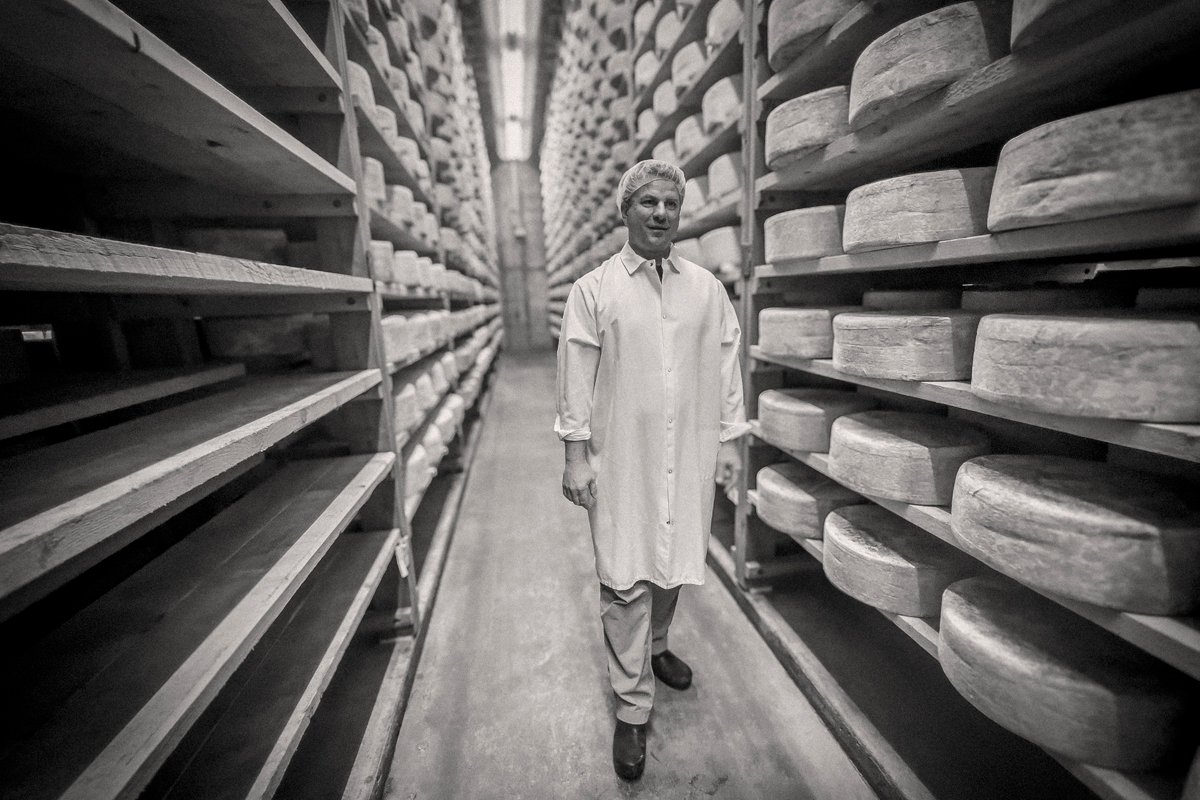
September 4, 2024
By paying top dollar for milk and sourcing within 15 miles of its creamery, Jasper Hill supports an entire community.
September 3, 2024
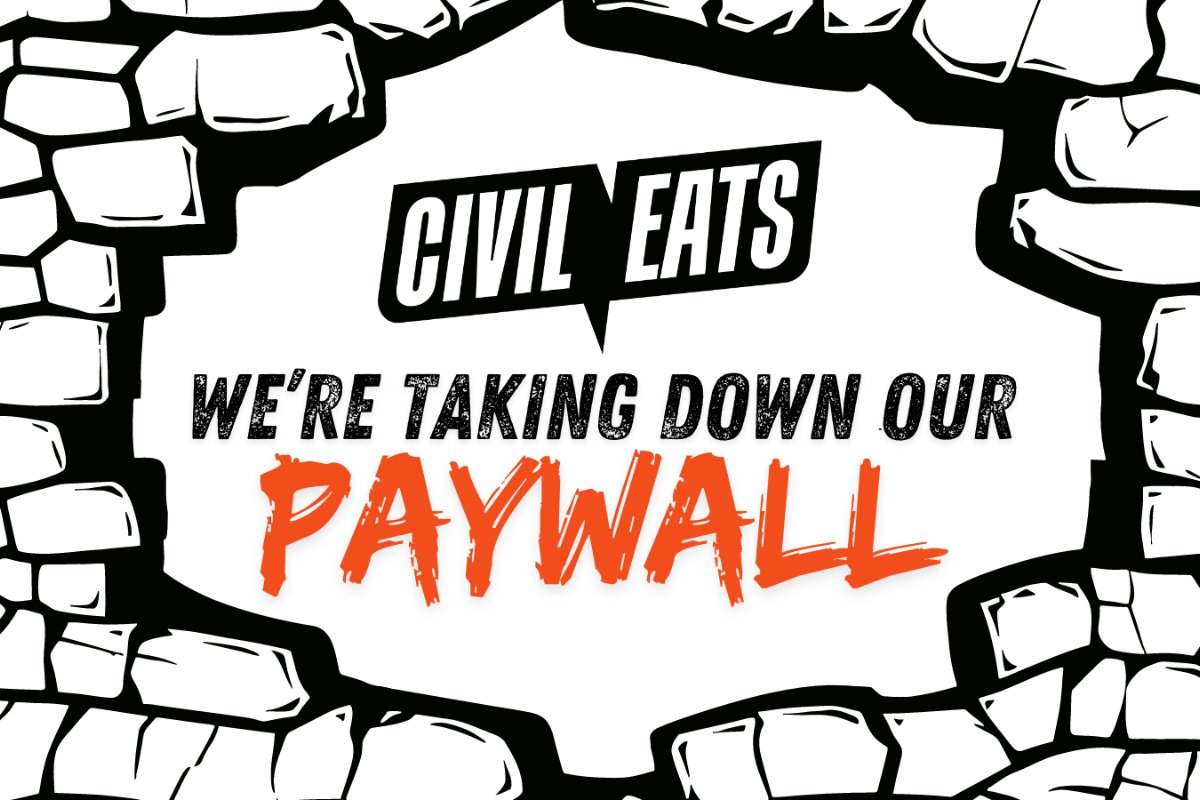
August 27, 2024
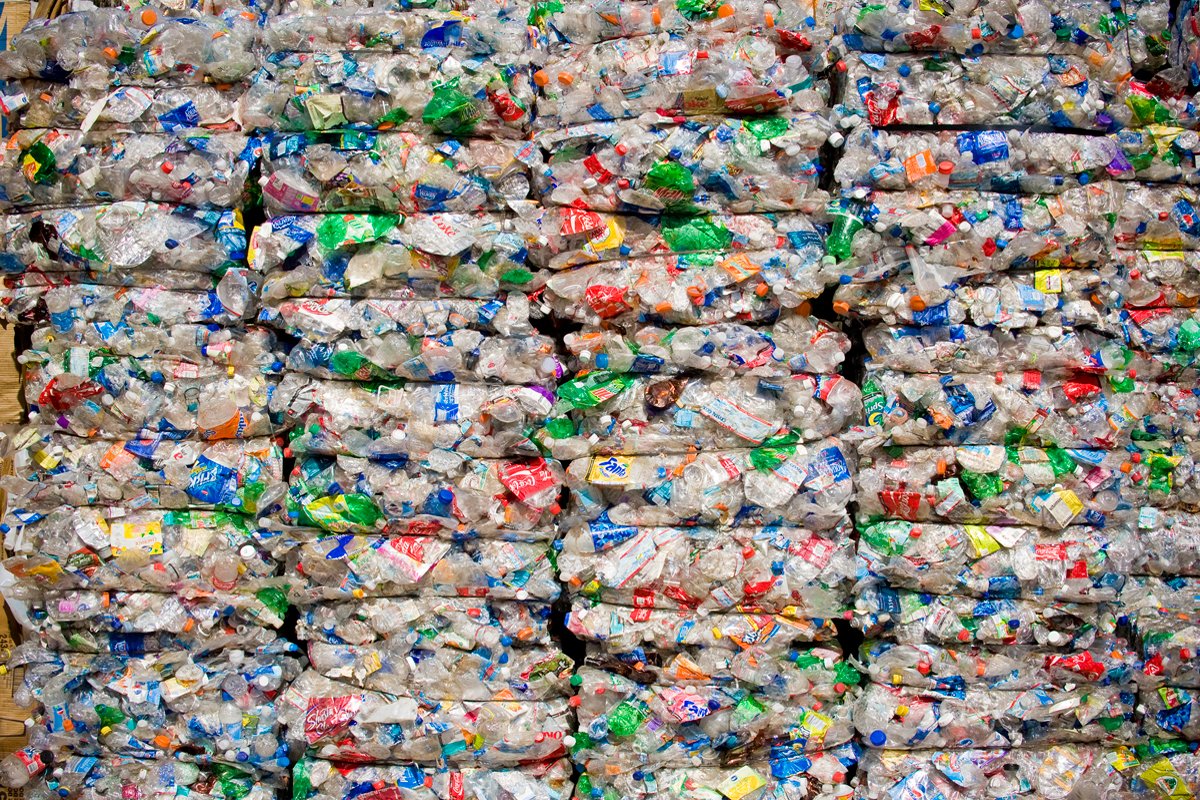
August 26, 2024
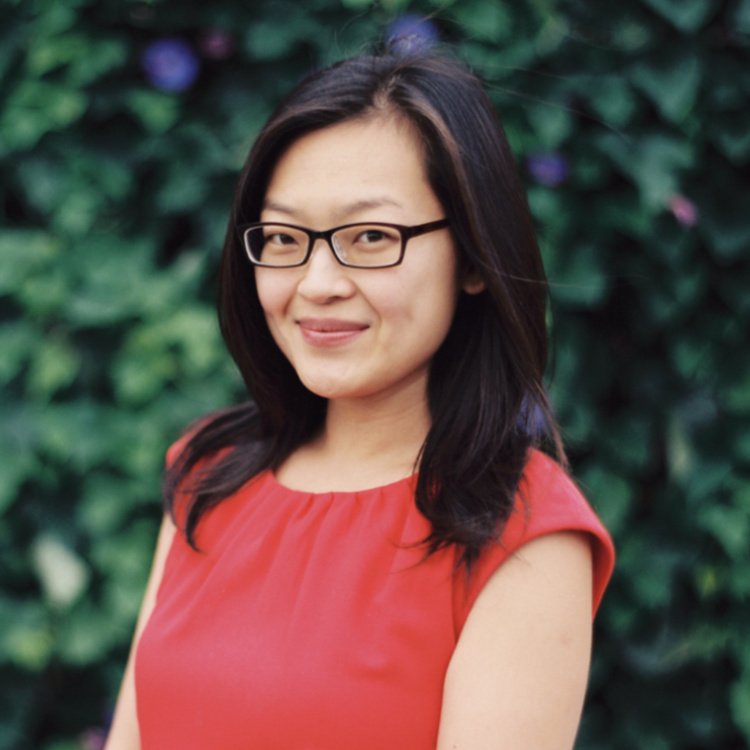
She was nearly Cancelled for these statements.
Democrats treated her the same way that Lizzo fans treated Jillian Michaels.
This state has a relatively high population density.
At the beginning of the pandemic, it had numerous nonstop flights to Asia.
The state that (I think) had more nonstop flights to Asia than all other states combined and many to China doesn't have an ethnic majority. Nonhispanic whites are less than 50% of the population
This state has several cities that have a high population density. This state has a relatively low per capita Covid death rate.